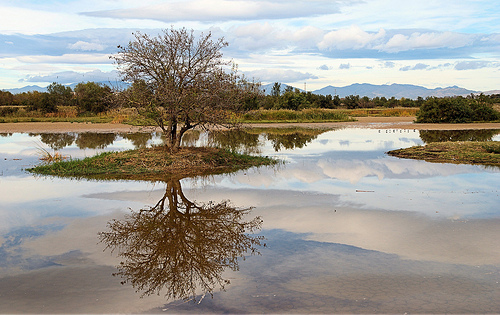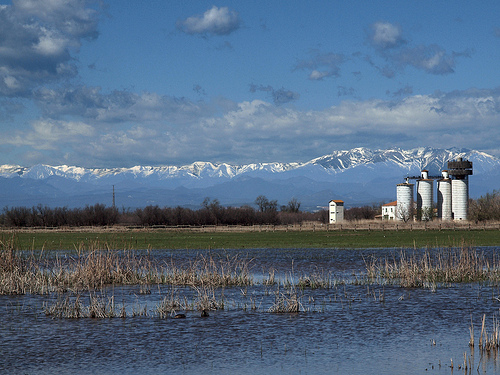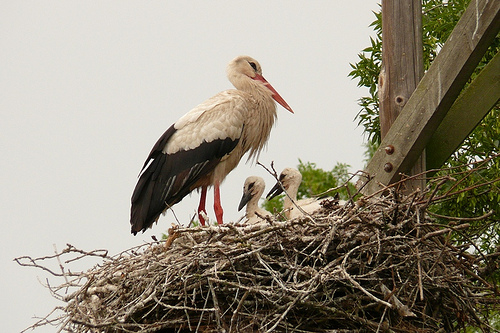These are the second most important wetlands in Catalonia by extension, following the Ebro delta, with an area greater than 5.000 hectares. It is currently owned by the municipalities of Castelló d’Empúries and Sant Pere Pescador and it is protected by law. This ecosystem was declared as National Natural Park in 1986.

Aiguamolls de l'Empordà are an exceptional natural wetlands located in Castelló d'Empúries, Girona, Costa Brava, Spain.
These wetlands formerly occupied almost the entire Gulf of Roses, from the end of the Muga and Fluviá rivers, in the Alt Empordà, to the Ter and Daró rivers, in Baix Empordà. However, the expansion of agriculture, building irrigation channels and lagoons in the interior, have eroded over the centuries the area occupied by the wetland.
The park can be visited throughout the year and is well connected by walking trails in good condition, so that both adults and children will enjoy the visit. The wealth of botanical and ornithological park is impressive (you’ll find over 300 species of birds including the white stork-necked duck and the green one).

To the right you can see the ancient silos where rice was stored. Background, the Pyrenees mountains
From the landscape point of view the park meets the elements typical Empordà: flooded fields (suitable for rice cultivation), channels, sandy beaches and small lagoons.
For bird lovers we recommend the use of binoculars. The park also find different varieties of waterfowl and not waterfowl birds such as black ibis, cormorants, blackbirds, etc.

White stork nest in Aiguamolls de l'Empordà
Along the path, which is recommended not to leave to avoid damaging the fragile ecosystem, we find various viewpoints, small wooden huts within which we can observe, camouflaged, and photograph the activities of the birds, without being visible to them.
So we encourage all Costa Brava visitors to make a first visit to this wonderful Natural Park. Do not forget to pass, at the entrance, through the reception office, called the Cortalet, where you’ll be provided by a map with the routes to go inside the park and some tips to make the best use your time in this wonderful natural place of the Costa Brava.







